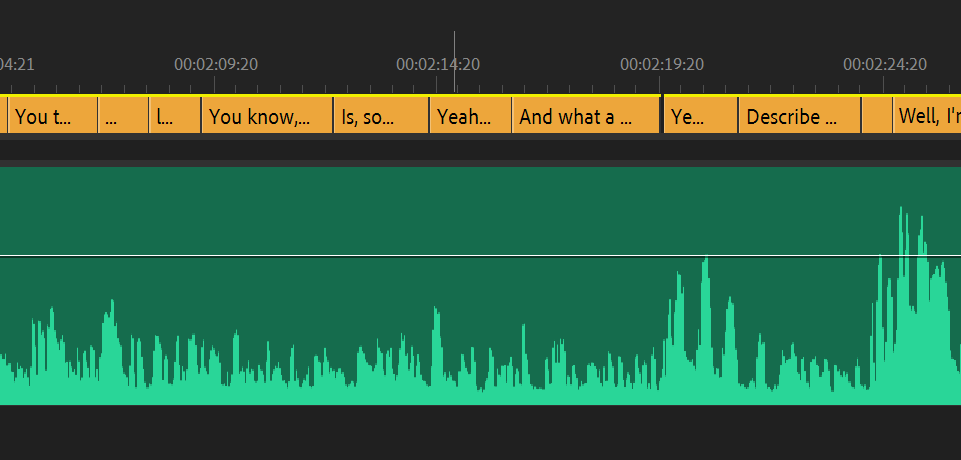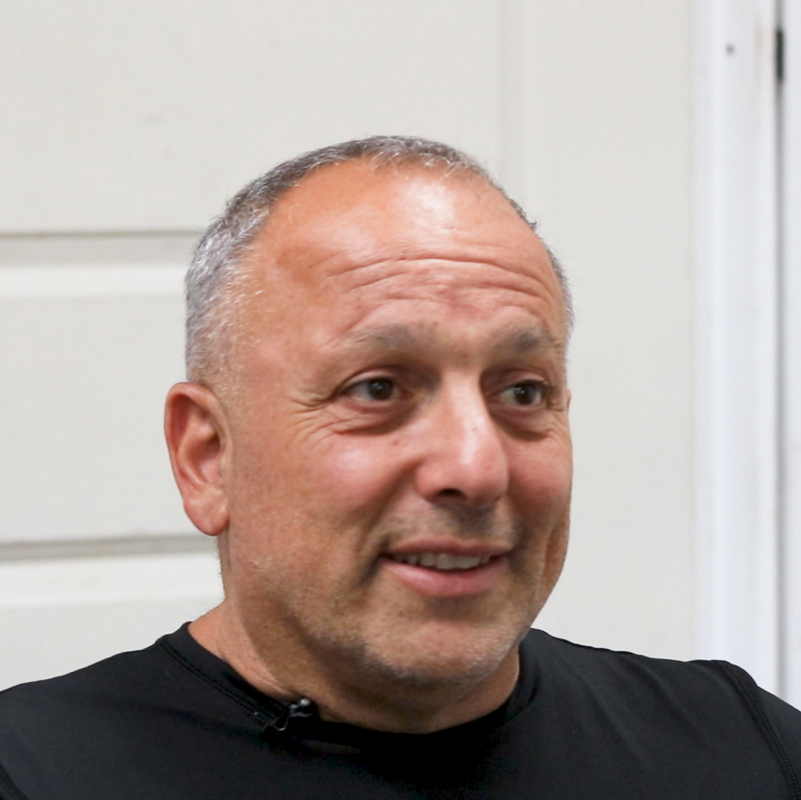Documentary
Introduction
Documentary is a interesting artform. Because it isnt about making up a story to tell. Its about finding a story to tell.
And before Documentary at Freestyle all we had done was create our own stories. So this new realm of learning how to capture a story and then properly share it introduced many new challenges to overcome. Like making a documentary requires many new tasks. Like contacting people to interview them, doing research to get larger picture information, and how to tell that information as a story while still remaining truthful.
What I ended up creating was a profile about a high school Spanish teacher. And a film documentary about a foot and ankle surgeon.
English Documentary
This project was my first expierence in making a documentary style project.
And the assignment was too create a Profile which is essentialy a documentary about 1 person.
First thing I did was select a person to interview and I decided to interview a Spanish teacher I used to have because organising the interview would be fairly easy.

Then I did the interview. And interviewing is more difficult then I expected, because the goal is to listen to the interviewee as much as possible to ask relevent questions. And that doing that listening and synthesis well is quite difficult.
Also for the interview we used our fancy audio recorders, designed specificaly to record audio. The thing is I also had my phone recording at the same time as a backup and for whichever reason my phone managed to capture better audio then the specilized device. So in the end I just worked with my phone audio.
The next step was to transcribe the interview.

And I have got to thank whoever made the Neural Network which converts speach into text. Because that saved me hours. But I still listened through it one time to fix the few mistakes the Neural network made.
Then I analysised the transcript, took notes, decided what the main thing to focus on would be, did research, and wrote the article.
[Insert Profile Article here once done]
This Project was quiet the process. As I had never done alot of this stuff before, especialy the interview. But in the end I made a article.
Film Documentary
The Film Documentary was like the previous section but instead of interviewing 1 person its 4 people. And instead of recording just audio you also have 2 cameras. And the final product is going to be made entirely out of the words the people said, not just writing about the words the people said.
This was quite the task, but thankfuly this project was done in groups of 2. And my partner for this project was Ori.
But before starting the final Documentary. We created a mockumentary to learn about how to film a good interview. Because a good interview requires getting the mic in a good position, getting a good nondistracting background, getting the subject in a good position, and getting good lighting. And btw you have to do all that with 2 cameras.
After the Mockumentary work on the film documentary began. And my partner on this project Ori literaly carried the task of getting people to interview. Specifialy he found a foot surgeon who we were able to interviewer, along with some people related to him.
So we repeated that whole process of planning to setup to interview to transcript to analysis to editing for our interviewees.
In the end we were only able to get 3 interviews but it was atleast enough to edit something together.
And editing for a documentary is very different from a narrative. Because in a narrative you already planned the blocks of footage and the goal is to just choose the best blocks and put the together. But in documentary you have a massive collection of blocks of footage that you have to figure out how to put together into a coherent piece.
In order to pull this off we put together a system of sorting the raw footage down and labeling it. So that way we could quickly find relevent footage while editing.

But the place the real struggling appeared in this project was in the B-roll. Because ideally in a doucmentary you have some footage to show so the whole thing isnt just people. But we had a severe B-roll deficiency. Like when the project was due in 5 days we only have 1 image.
But in those final days we rushed to film some footage, and find some copyright free medical diaramas online. To get a ok amount of B-roll.
And in the end we created this.
The final result was ok. It could use more B-roll, and higher quality B-roll, but atleast is has all the pieces there.
Interviewee Bios
Here is a collection of all the people that I was involved with Interviewing. This includes the Profile subject, and documentary interviewees.

Tal Rochmael, a doctor and surgeon. Has always had a passion for helping people and has a high amount of dedication to being a doctor. Interviewed for the film documentary.
Interview Questions: https://freestyleacademy.rocks/~JamesK/wp-content/uploads/2024/05/Tal-2-Interview-Questions-Exports.pdf

Gali Rosen, creator of a medical tutorial company. Also Tal Rockmael’s girlfriend. Interviewed for the film documentary.
Interview Questions: https://freestyleacademy.rocks/~JamesK/wp-content/uploads/2024/05/Gali-Interview-Questions-Exports.pdf

Ronen Sigura, a friend of Tal Rockmael. Interviewed for the film documentary
Interview Questions: https://freestyleacademy.rocks/~JamesK/wp-content/uploads/2024/05/Ronen-Interview-Questions-Exports.pdf

Interview Questions: https://freestyleacademy.rocks/~JamesK/wp-content/uploads/2024/05/Murillo-Interview-Questions-Exports.pdf
Reflection
After producing two documentary style subjects, I don’t think documentary is the format for me. In the end you still get a story to tell but the difference in process is just something I don’t fully enjoy. Documentary requires being a good interviewer to get good answers that go deep enough to tell a story, and I’m just not super good at that. Then the editing process requires figuring out how to edit the wall of information together, instead of already having a plan. I see how other people could enjoy this process, if there better at interviewing, and enjoy solving the puzzel of putting the footage together.
But I’m still happy I managed to make something. And see how documentary is a incredibly collaborative way of making a film. It requires working with interviewees and group memebers at a high level. And that collaboration is something that made these projects more enjoyable. I probably wont make another documentary soon, but I will remember this experience forever.